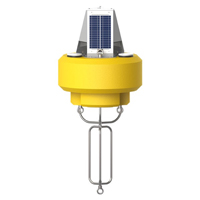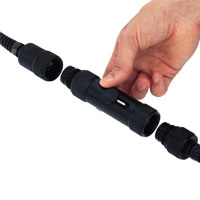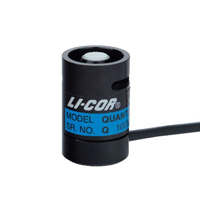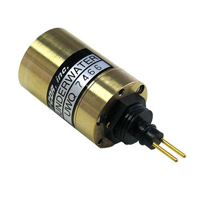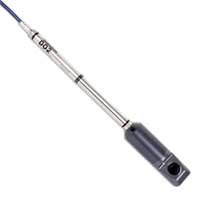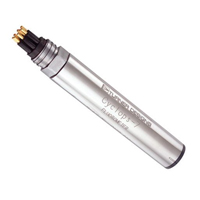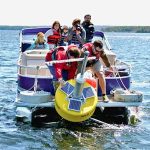
 Community members living around Maine’s Great Pond are working to alter development practices in hopes of reducing phosphorus that flows into the lake. But before they can take substantial steps toward that goal, it’s important to understand the lake’s current conditions.
Community members living around Maine’s Great Pond are working to alter development practices in hopes of reducing phosphorus that flows into the lake. But before they can take substantial steps toward that goal, it’s important to understand the lake’s current conditions.
Researchers at Colby College stepped up to help study the water body’s dynamics, using a NexSens data buoy equipped with robust environmental monitoring tech and a custom website they designed for viewing real-time data. Making current water conditions available, they say, helps to catch the attention of community members, as well as promote conservation behavior.
In addition to those benefits, the buoy provides scientists at the college with information on key metrics of lake health like oxygen dynamics, temperature stratification and productivity. Those measures are important for gauging how Great Pond is changing from year to year.
Sensor strings send important data
 A NexSens MB-300 data buoy was chosen as the ideal platform for monitoring Great Pond, because its construction is tailored for inland lake conditions. This platform includes solar panels for power, instrument wells and watertight housing for data loggers and other hardware. The buoy supported a NexSens SDL Submersible Data Logger that recorded measurements from different sensors monitoring the lake and transmitted them to researchers via cellular telemetry.
A NexSens MB-300 data buoy was chosen as the ideal platform for monitoring Great Pond, because its construction is tailored for inland lake conditions. This platform includes solar panels for power, instrument wells and watertight housing for data loggers and other hardware. The buoy supported a NexSens SDL Submersible Data Logger that recorded measurements from different sensors monitoring the lake and transmitted them to researchers via cellular telemetry.
Below the surface, a NexSens T-Node FR temperature string was used to measure temperature changes of Great Pond’s clines, an important metric for tracking turnover. Optical dissolved oxygen sensors measured oxygen levels at different depths going down 50 meters to judge the habitability of different layers to aquatic life. From there, a Turner Designs Cyclops-7 Chlorophyll Sensor tracked algae levels.
A key influencer of algae growth is sunlight, and PAR sensors installed on the buoy tracked that measure. These include a LI-COR LI-190 for sunlight above the surface and a LI-COR 192 underwater PAR sensor for levels below. Since the underwater PAR sensor can be affected by biofouling, Colby College scientists employed a Zebra-Tech Hydro-Wiper to ensure the sensor maintained accurate performance throughout deployment.
Data collected by the monitoring system are plugged into a custom website developed by researchers that aims to make it easy for visitors to understand conditions in Great Pond. That understanding will likely aid efforts to mitigate the lake’s phosphorus load in the future. Data are also being shared with the Global Lake Ecological Observatory Network.
The NexSens CB-450 Data Buoy is designed for deployment in lakes, rivers, coastal waters, harbors, estuaries and other freshwater or marine environments.
The NexSens T-Node FR thermistor string provides high precision temperature measurement in an addressable and connectorized assembly.
The LI-190R Quantum Sensor measures photosynthetically active radiation (PAR), which is energy that drives photosynthetic reactions in plants.
The LI-COR LI-192 Underwater PAR Sensor Quantum sensor accurately measures photosynthetically active radiation (PAR) in freshwater or saltwater environments.
Seametrics’ DO2 is an optical dissolved oxygen sensor with built-in data logger for unattended DO monitoring applications.
The Cyclops-7F submersible sensor is a high performance and compact fluorometer designed for integration into any platform that supplies power and data logging.

